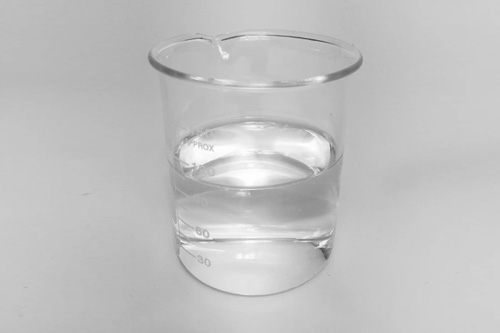
Alias: Triethylene glycol, Triethylene glycol
Product name: Triethylene gly [1]col / 3,6 -dioxaoctane-1/ 8-diol.
Abbreviation: TEG
Molecular Formula: C6H14O4
Structural formula: HOC2H4OC2H4OC2H4OH
Molecular Weight: 150.17
CAS No.: 112-27-6
Specification
Appearance: Colorless, odorless, hygroscopic, viscous liquid
Physical Properties
Melting point -4.3℃, should be -7 degrees
Boiling point 289.4℃ (101.3kPa), 134℃ (0.267kPa),
Relative density (15℃) 1.1274,
Refractive index 1.4578 (15℃),
Flash point 177℃ (closed cup)/196℃ (open cup)
Ignition point 412.8℃, Vapor pressure 1Pa (20℃).
Viscosity: 49.0 mPa.s (20℃).
Surface tension: 45.2 mN/m (20℃)
Chemical properties: has the properties of alcohol and ether.
Solubility
It is miscible with water, ethanol, benzene, and toluene, difficult to dissolve in ethers, and insoluble in petroleum ether. It is hygroscopic. It has oxygen atoms and hydroxyl groups connected to alkyl groups, so it has the properties of alcohol and ether.
Solubility (soluble in Triethylene glycol %): carbon tetrachloride ~41%, ether ~20%, tetrachloroethylene ~18%, toluene ~33%.
Toxicological data: slightly toxic. LD50 (rat oral) 16.8ml/kg. No irritation to eyes and skin.
Useage
is used as solvent, extractant, desiccant. It is also used in printing ink as a moisture absorbent and softener.
It can be used as a disinfectant in air conditioning system cleaning agents.
It is a good substitute for diethylene glycol (diethylene glycol) and is more environmentally friendly and safer than diethylene glycol (diethylene glycol).
The hydrophilic-lipophilic balance value (HLB value) of triethylene glycol is lower than that of diethylene glycol, so it is relatively lipophilic.
-
Next: None
- Back
-
Prev: Tetraethylene glycol

